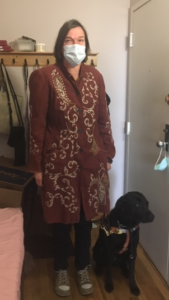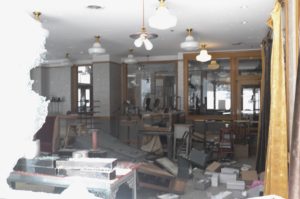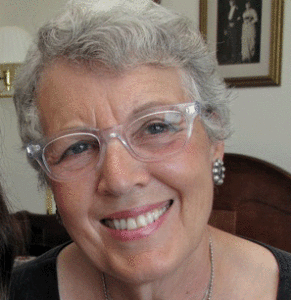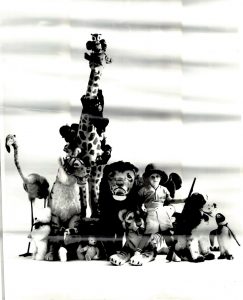Do You Have a Mask for Your Dog?
July 2, 2020 • 13 Comments • Posted in blindness, guide dogs, Seeing Eye dogs The reopening of businesses and other public places in Chicago comes with new rules about temperature testing and occupancy guidelines. Old rules about social distancing and masks still apply, and after months wearing a mask outside the apartment, it’s little bother and an easy way to keep Illinois numbers down.
The reopening of businesses and other public places in Chicago comes with new rules about temperature testing and occupancy guidelines. Old rules about social distancing and masks still apply, and after months wearing a mask outside the apartment, it’s little bother and an easy way to keep Illinois numbers down.
The Seeing Eye sent an email out to graduates reminding us that with all these regulatory changes, one thing that stays the same is this: The law still gives us the right to have equal access to public places, transportation, and air travel. And the Seeing Eye dogs who guide us? They have equal access, too.
New Seeing Eye dog Luna has been guiding me to more places since Illinois entered Phase Three of re-opening, and with more pedestrians out and about, I’ve come across more people who are dead sure that dogs can spread COVID-19. “Beautiful dog!” one stranger called out as we passed her the other day. I thanked her for saying so, and when Luna stopped at the next intersection, I discovered this woman had followed us. “Can I ask you something?” she said. I nodded a yes while keeping my focus on the traffic, determining a safe time to give Luna the “forward” command. “Do you have a mask for your dog?”
Where to start? With a laugh, I guess. “Dogs aren’t contagious,” I said, still focusing ahead. “They can’t spread the virus.”
”Maybe not,” the woman said. “But dogs can get COVID, your dog could die.” Just then I heard the traffic surge at my parallel. We had the green light. “Luna, forward!” I commanded, and the woman called after us as we crossed. “You don’t want your dog to get sick, do you?” she scolded. “Get that dog a mask.”
I wonder now. Was that woman wearing one? From the CDC about COVID-19 and animals:
The virus that causes COVID-19 spreads mainly from person to person through respiratory droplets from coughing, sneezing, and talking. Recent studies show that people who are infected but do not have symptoms likely also play a role in the spread of COVID-19. At this time, there is no evidence that animals play a significant role in spreading the virus that causes COVID-19.
Studies do show that the virus can survive for a period of time on surfaces, including a dog’s fur. but there is no evidence that dogs can transmit the virus to humans. The message the Seeing Eye sent out to us pointed out that fear of COVID-19 transmission from dogs could leave store owners and workers at other public places with an excuse to try and deny us access. Advocate for yourselves, the note said, reminding us that fear is not an excuse for denying access to a qualified service animal under the laws that protect us.
One silver lining about people walking around misinformed about dogs spreading COVID? Those people get wayyyyyyy out of our way, and people aren’t supposed to distract — or pet — a working Seeing Eye dog anyway!


